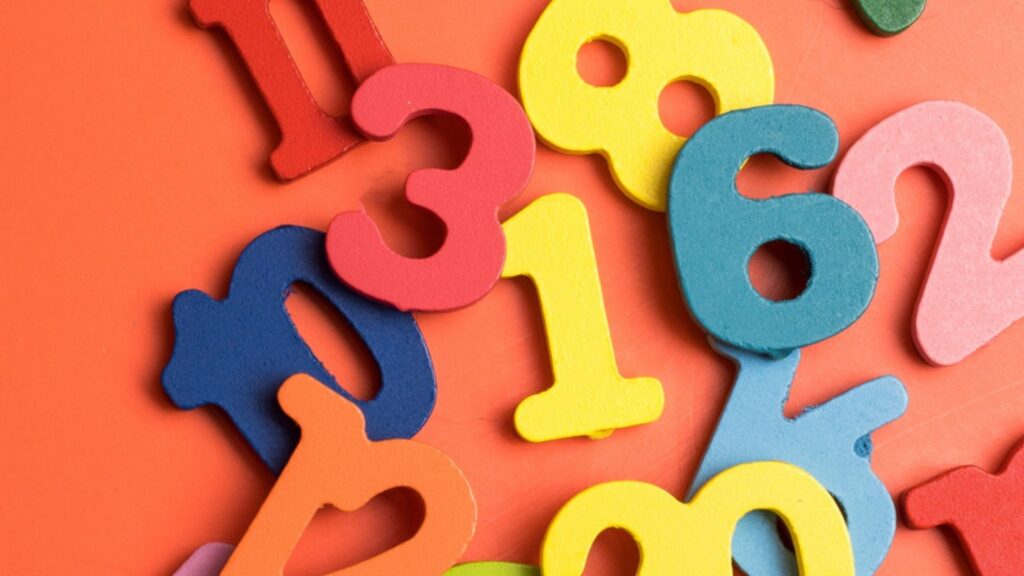How To Make Fraction Lessons Easier For Students To Comprehend
For students struggling with fractions, teachers are turning to multiplication charts to help them understand the math subject.

Fractions can be challenging for many students. Although they seem complex, they are simply the inverse operation of multiplication problems. Because of this, some teachers are using a new method to help students get their fractions straight: the fraction chart.
Understanding fractions helps students to better understand patterns, measurements, and other various aspects of real life. Making the connections between fractions and the multiplication table more easily accessible helps children to fully grasp the meaning and structure behind this method of reduction. The fraction chart helps students find equivalent numbers. For example, by making a graph and marking the patterns in the top two rows as fractions, students can clearly see how one-half, two-fourths, and four-eights are the same portions.
This modern fraction chart makes it easier to simplify deductions while also making it easier to compare fractions as well. It leads students to gain a stronger grasp on ratios and just how useful inverse operations can be. Just as multiplication is merely the act of counting by groups of numbers, fractions are a form of division that reduces numbers through grouping techniques.
Many students are visual learners. Although information notes how many children learn visually one 2004 study found that 65% of the population learns best visually. Infographics, charts, and informative images have been a staple in classrooms for decades. Numerous teachers can attest to the power of a good visual aid and so this new fraction chart is being welcomed by many parents and educators.
Giving students as many pathways to success as possible provides them with the opportunity to grow and learn regardless of their learning style. While memorizing a multiplication table, and even learning to work the problems backwards can lead to proper understanding of pattern recognition and grouping numbers, charts and other visual aids have also proven to encourage students to progress.
Visual teaching tools have been studied by psychologists and their benefits have even been published by Forbes magazine. Many people benefit from seeing representations of what they’re learning to properly commit the information to memory. The human brain itself works best when processing images because sight is such a key function for the majority of people. Knowing this, taking harder to grasp math concepts — which have less direct physical representations in student’s surroundings — and providing a tangible pathway to success through visual understanding and pattern recognition utilizes these functions to benefit students.

As educators become more versed in the needs of the human brain and how students’ associations aid their learning process, more helpful teaching tools are being designed. It’s no secret that fractions can be frustrating for young students. Math concepts are often more difficult to learn because they are based on numbers and problem-solving techniques that are not as easily discovered.
By providing the fraction chart, teachers can offer a stronger physical representation of the basis behind division and reducing numbers. This encourages mathematics comprehension while allowing students to play with numbers through hands-on activities. It is a method that is catching on and likely to positively impact classrooms across the nation.



